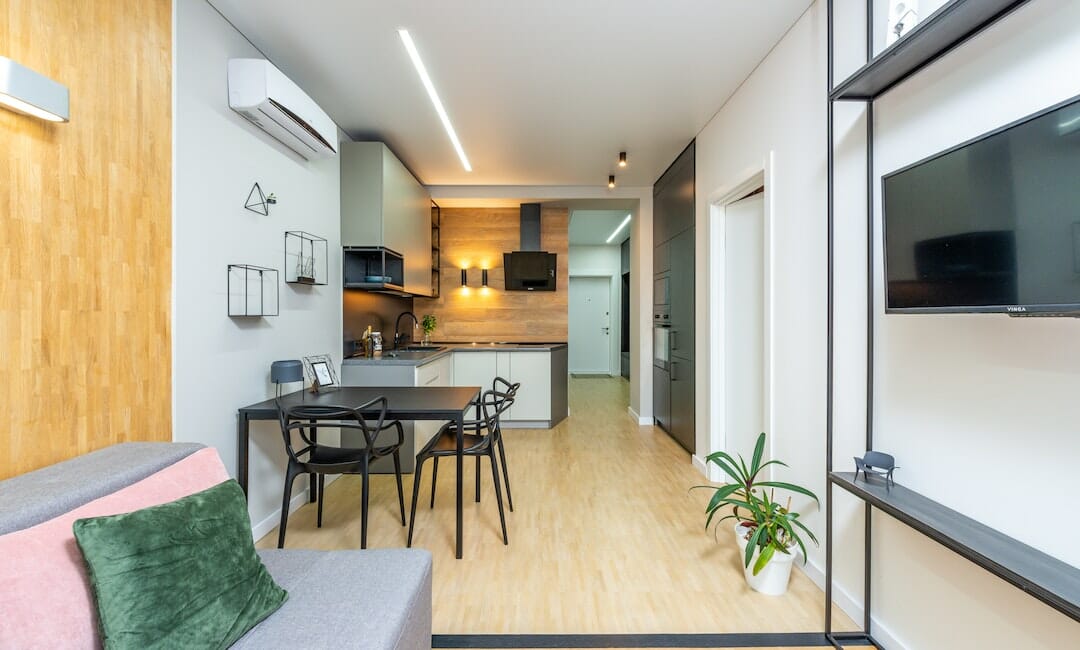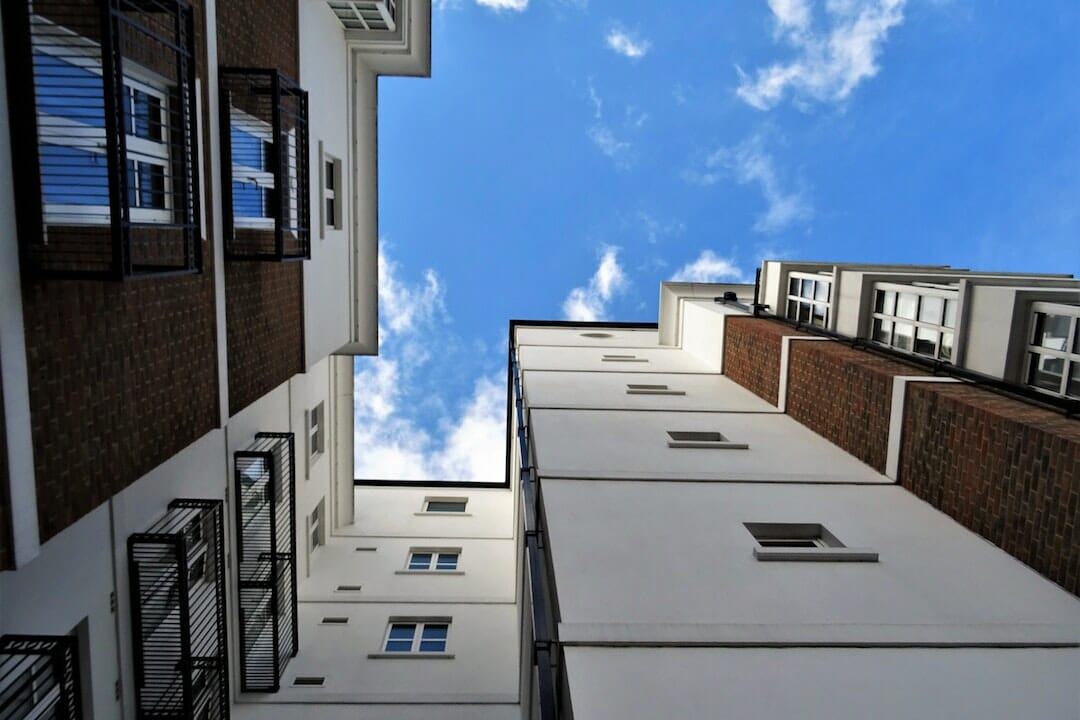Buy-to-let is still one of the top asset classes for investors in 2022. However, the rising cost of stamp duty on second homes and climbing mortgage rates are making many potential investors ask: is buy-to-let still worth it in 2022?
It’s hard to keep up with what’s going on with the property market, and 2022 has undoubtedly been a turbulent year for the industry. Many landlords have chosen to sell up and cash in their investments because they believed that the UK had reached the top of the market when we saw substantial price increases in most areas of the country. Despite this, a good argument still says buying to let is a good investment in 2022.
In this article, we will discuss if buying to let is really a good investment in 2022, the pros and cons, and some other things to consider if you decide to go ahead.
Is buy-to-let a good investment in 2022?
The short answer is yes, it is still a worthwhile investment for most people. But before jumping into the buy-to-let market, it’s essential to consider things from all angles.
When done right, buy-to-let is an excellent investment opportunity that can generate significant returns through a monthly rental income. However, it’s important to understand it might take longer to see the benefits of your investment vs other investment products such as stocks or shares due to the initial costs to secure the property. Investing in the bricks and mortar of a property is a far safer way to grow your wealth rather than having money sitting in the bank.
Additionally, a considerable number of people in the UK still choose to rent properties rather than buy, and with the current cost of living crisis that is unlikely to change. As a result, the demand for UK rental properties continues to outstrip supply making buy-to-let a lucrative investment for any investor.
The UK government estimates that around 345,000 new homes are needed every year, but we are seeing a major shortfall, especially within cities. This poses an excellent opportunity for investors who will have no shortage of prospective tenants keen to live in their rental property.
If you are new to buy-to-let property investment, we recommend you check out our definitive guide.

The advantages of buy-to-let
Although we’ve covered some good reasons why buy-to-let is still a sound investment opportunity, let’s look at some of the other benefits of buying a property to let:
- It generates income. When done right, a rental property can provide you with additional income. It is important to factor in any outgoing costs and check your rental yield to understand the rate of return.
- Capital gain. We all know property prices can go both ways. However, historical data shows that property is one of the safest investment strategies that will almost always increase in value the longer you hold onto it.
- High demand for rental properties. As discussed above, there’s a shortage of affordable housing in the UK, coupled with stricter mortgage guidelines, which make it a tough time to get on the property ladder meaning more people are choosing to rent.
- Better returns. Currently, we are seeing interest rates hitting an all-time low. As a result, those looking to save are considering property investment to provide a better return on their capital.
The disadvantages of buy-to-let
Whilst there is a good argument for investing in buy-to-let, there are also some potential disadvantages to consider:
- Increased stamp duty. A buy-to-let property, for most people, is usually a second property or part of a portfolio of investment properties. In April 2016, the government introduced a 3% surcharge on any additional property purchased.
- Empty properties. As an investor, you will likely have planned always to have a tenant in your property. Unfortunately, most landlords will experience a rental void during ownership. It is essential to factor in these periods when budgeting.
- Problematic tenants. If you think having an empty property causes a problem, try having a rental property with a tenant in situ who refuses to pay rent. This causes a loss of earnings and the potential for extra-legal costs.
- Landlord legislation. As a landlord, you have a legal duty, and the associated legislation can be a minefield to navigate.
- Interest rates are rising. If you are looking to buy an investment property using a buy-to-let mortgage, you will no doubt be aware that mortgage rates are rising. Given the current cost of living crisis, this cannot be combatted by simply increasing the rent.

How long does it take to see returns on a buy-to-let investment?
To realise the full benefit of a buy-to-let, you may have to wait a little longer than with other investment strategies. However, you will benefit from an additional income from the day you invest.
It may take a little longer to turn a profit due to the costs of investing. For example, the cost of stamp duty and any costs associated with ensuring the property meets the required standards. It will take time for the property to rise in value and cover the costs, as well as any extra legal expenses incurred when you decide to sell.
If you are a cash buyer, you will begin to receive an income straight away, but if you buy with a mortgage, you could benefit from better returns over time.
If you can keep your property well maintained and make improvements that add value and make it more desirable, you are more likely to attract better tenants who are willing to pay higher rates.
Conclusion
Buy-to-let is still an excellent way to invest or diversify an investment portfolio. However, it is more likely to deliver favourable returns when you choose to invest for the longer term. Buying the right property with a mortgage means you are likely to see the best returns, especially if you plan to hold onto the property for 5-10 years.


